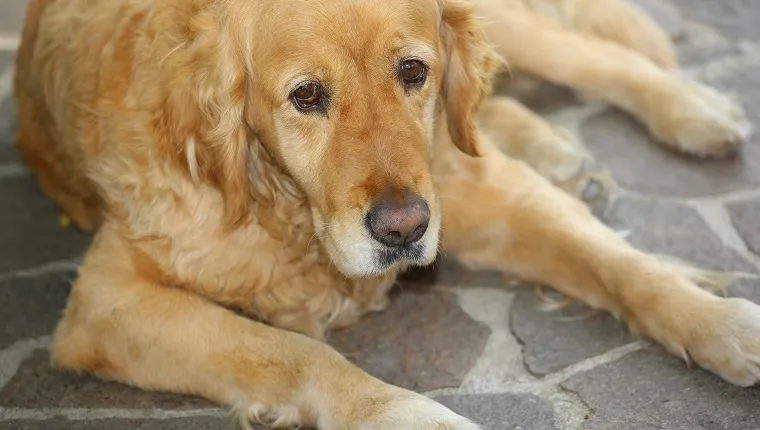Elbow dysplasia in dogs is a condition that involves abnormal developments occurring in the elbow joint. It can be caused by a number of issues that affect the elbow joint, including putting too much weight on certain areas of the joint, abnormal growth patterns, and arthritis.
This inherited condition usually affects large and giant-sized dogs, such as the German Shepherd, Bernese Mountain Dog, and Golden Retriever breeds.
If you see the signs of joint issues in your dog, then you must get to a veterinarian for a proper diagnosis and treatment. Here’s what you should know about the symptoms, causes, and treatments for elbow dysplasia in dogs.
Symptoms Of Elbow Dysplasia In Dogs
Elbow dysplasia in dogs usually results in the affected animal experiencing pain when attempting to become mobile.
Some of the common symptoms to look out for include:
- Lameness in the front limbs
- Seeming reluctant to play or exercise
- Swollen joints
- Limping or discomfort after exercise and walks
Causes Of Elbow Dysplasia In Dogs

Elbow dysplasia in dogs is an inherited condition. It happens when the three bones that make up the elbow joint — the radius, the ulna, and the humerus — no longer fit properly together.
This can be due to issues including:
- Abnormal weight distribution
- Abnormal growth patterns
- Inappropriate diet and nutrition
Treatments For Elbow Dysplasia In Dogs
If your veterinarian suspects that your dog is suffering from elbow dysplasia, they’ll carry out a physical examination, paying close attention to the elbow joints and looking for any signs of physical swelling. Your vet will also want to watch your dog walk around.
After that, veterinarians commonly use X-rays to more accurately examine the elbow joints.
Once the veterinarian confirms their diagnosis, they’ll often suggest surgery. This procedure may involve realigning the bones, removing fragments of bones or cartilage, or even replacing the joint in more extreme cases.
Your dog will also require a rest and recuperation period at home after surgery, and your vet will advise you of any specific precautions or steps to take during the process.
Does your dog suffer from elbow dysplasia? How is your vet treating the condition? Let us know in the comments section below!









